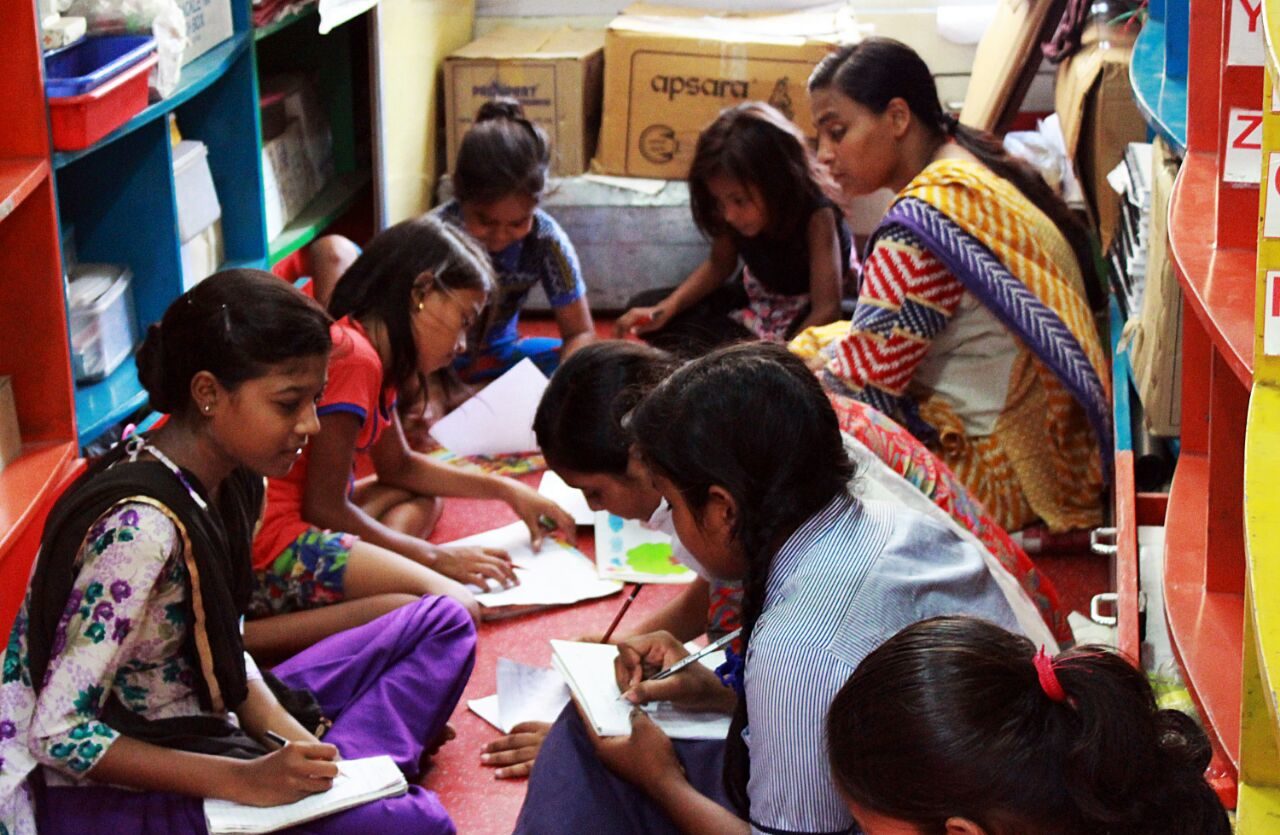A study, “Life On The Streets”, conducted in Kolkata-Howrah along with greater Hyderabad, Patna, Lucknow and Mughal Sarai by nongovernmental organisation Save The Children, shows the vulnerability of street children in these cities. These places act as attraction points for children from neighbouring states and adjoining districts who end up living on the streets. The report tries to identify problems and challenges that these children face on a daily basis.
Many feel threatened or have been abused sexually, physically or emotionally.
Mughal Sarai and Kolkata-Howrah was found to be the most unsafe for street children. A major reason behind abuse is the limited access to any kind of shelter. The children live either in temporary shelters or slums, and both were found to be unsafe. There were also threats at their workplaces.
In Kolkata and Howrah, a large number of children were found to be sleeping on the roadside, making them more vulnerable to physical abuses and threats.
The survey found 84,563 street children in five cities, of which 10,771 were in Lucknow, 21,907 in Kolkata and Howrah, 21,926 in Patna, 28,560 in Greater Hyderabad and 1,399 in Mughal Sarai. The sample survey was conducted on 4,273 children across these five cities.
Unemployment and poverty at home prompted the children to migrate elsewhere. Almost 80 per cent of the street children in Kolkata were migrants and most had no fixed place to stay.
Most children took to begging, rag picking, hawking and working for roadside stalls (for boys), while girls were primarily involved in domestic work.
While the children spent a substantial part of their earnings on food, another large part of what they earned was spent on drugs – as a large number of street children fall prey to drug addiction.
Also, 79 per cent lacked proper identity proof. This made it difficult for the agencies to trace down their families. Lack of clean drinking water and sanitation were major causes of worry. Sixty three per cent of them were illiterate, and most were school dropouts. Sixty eight per cent hadn’t been enrolled in any school. A number of them were struggling to keep studying since they were working for most parts of the day.
During a discuss on this report in Kolkata on June 20, attended by several government agencies and nongovernmental organisations, chairperson of the West Bengal Commission for Protection of Child Rights (WBCPCR) Ananya Chakraborty said, “We have to identify the causes of migration and address those issues. Children migrate due to domestic violence, sexual abuse or extreme poverty. Unless we deal with these issues, we cannot ensure that more children won’t end up on the streets.”
Chittopriyo Sadhu, General Manager-State Program of Save the Children said, “The purpose of this meeting was to bring together all stakeholders to decide the way forward. We need to coordinate properly to find out concrete solutions.”
Cover picture: courtesy Save the Children. A mobile learning centre for dropout children to prepare them for mainstream schools

